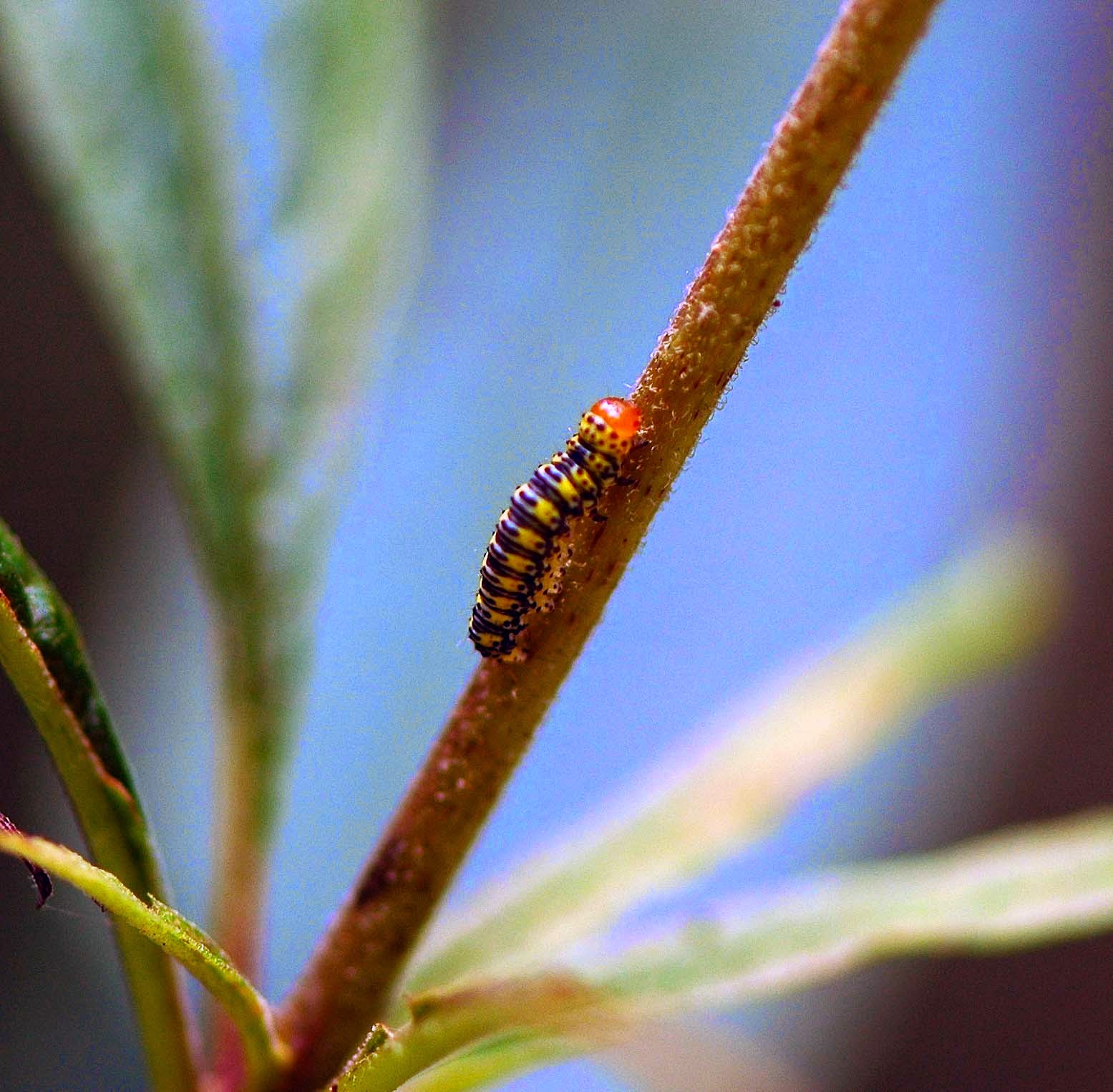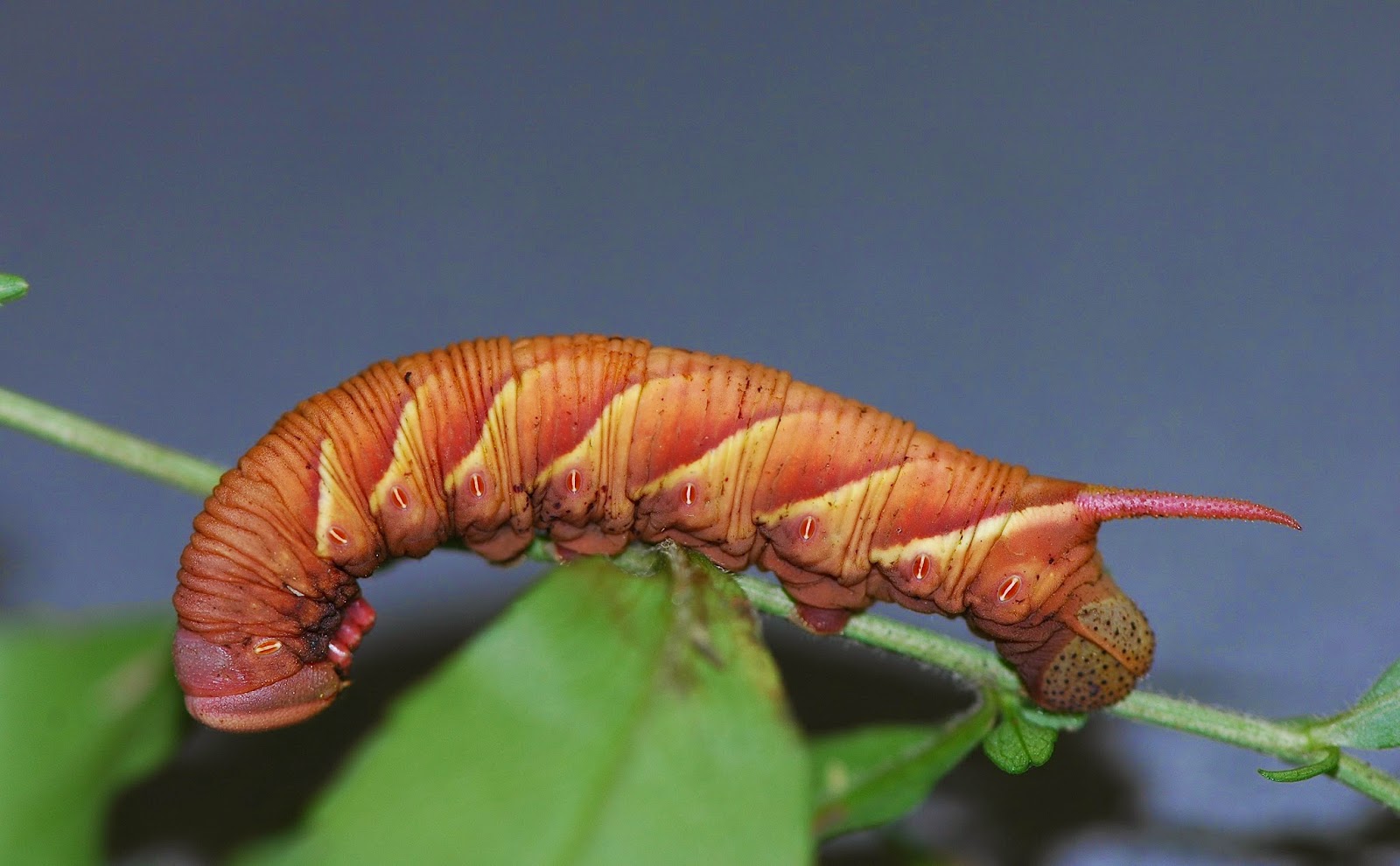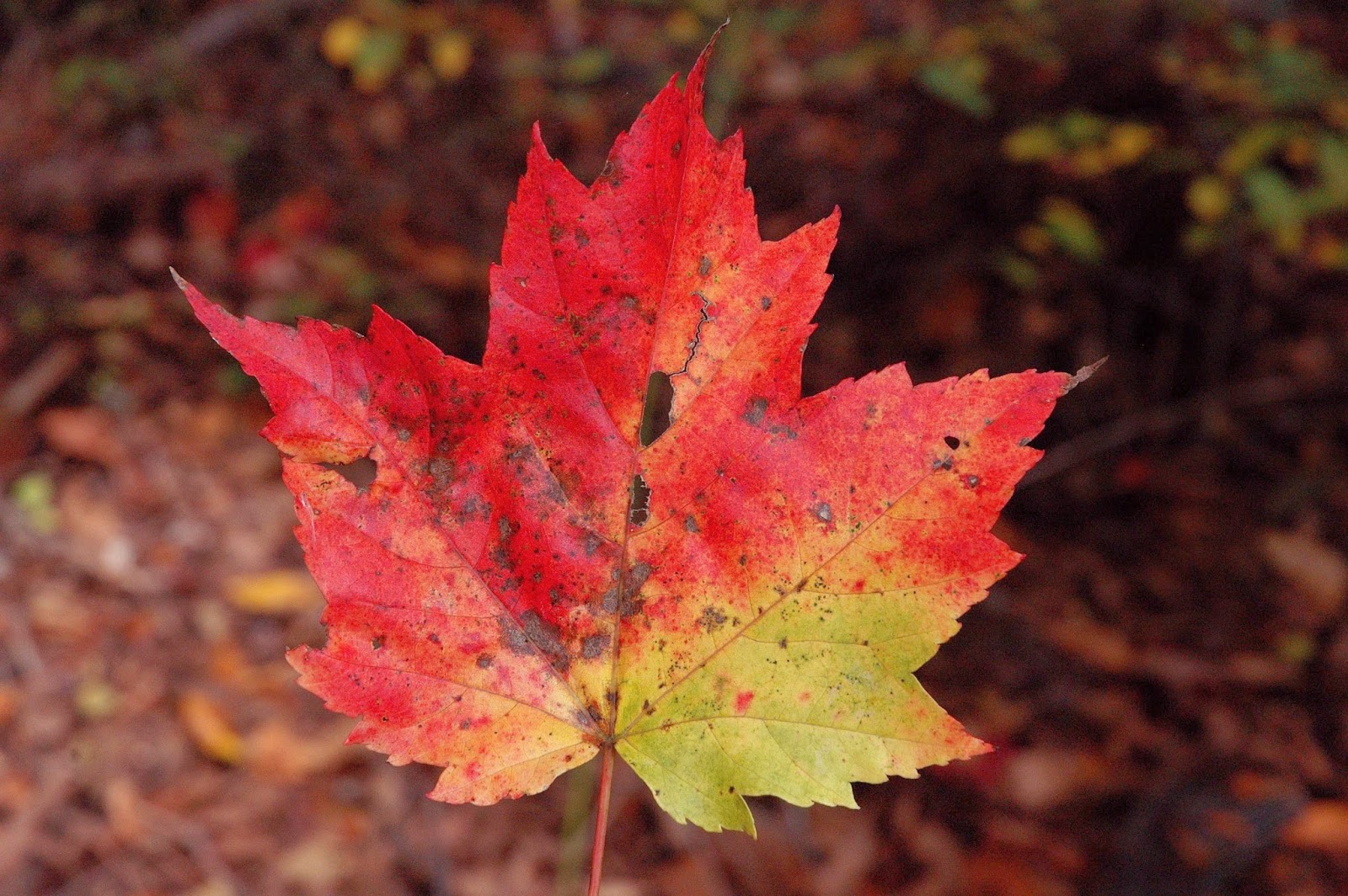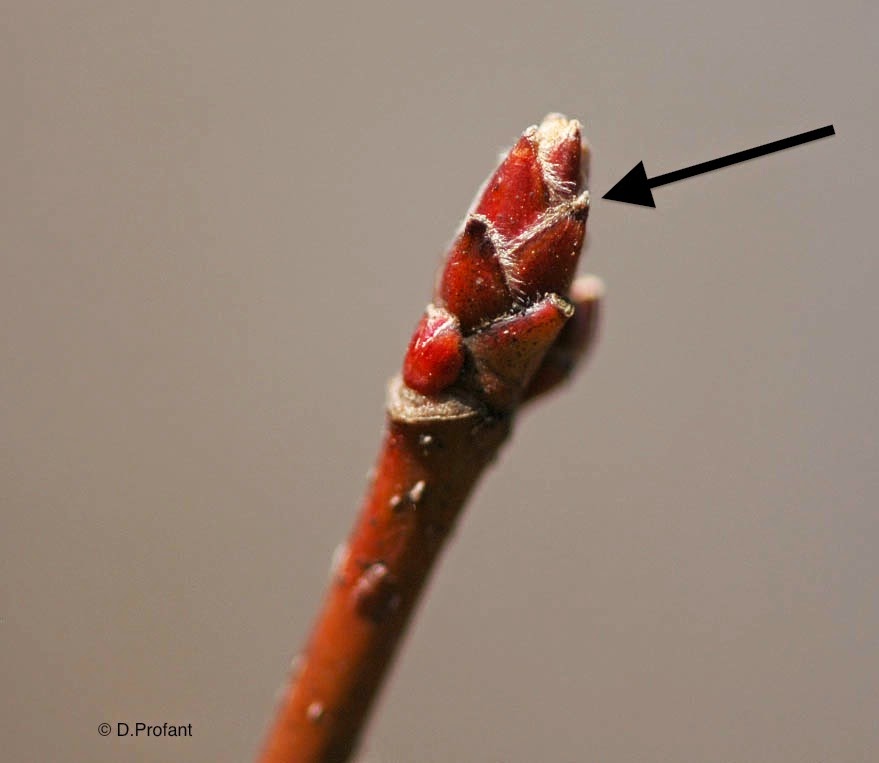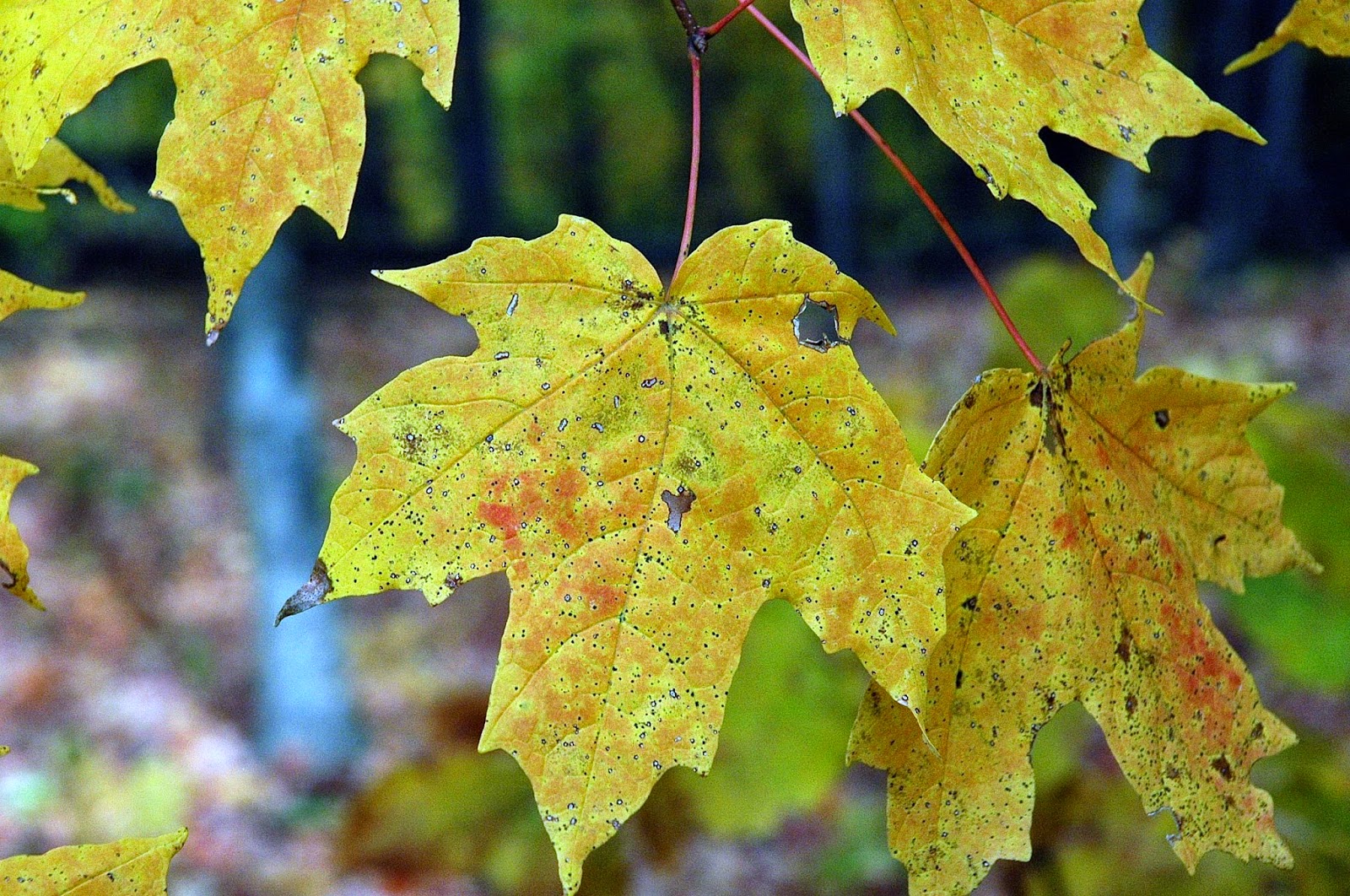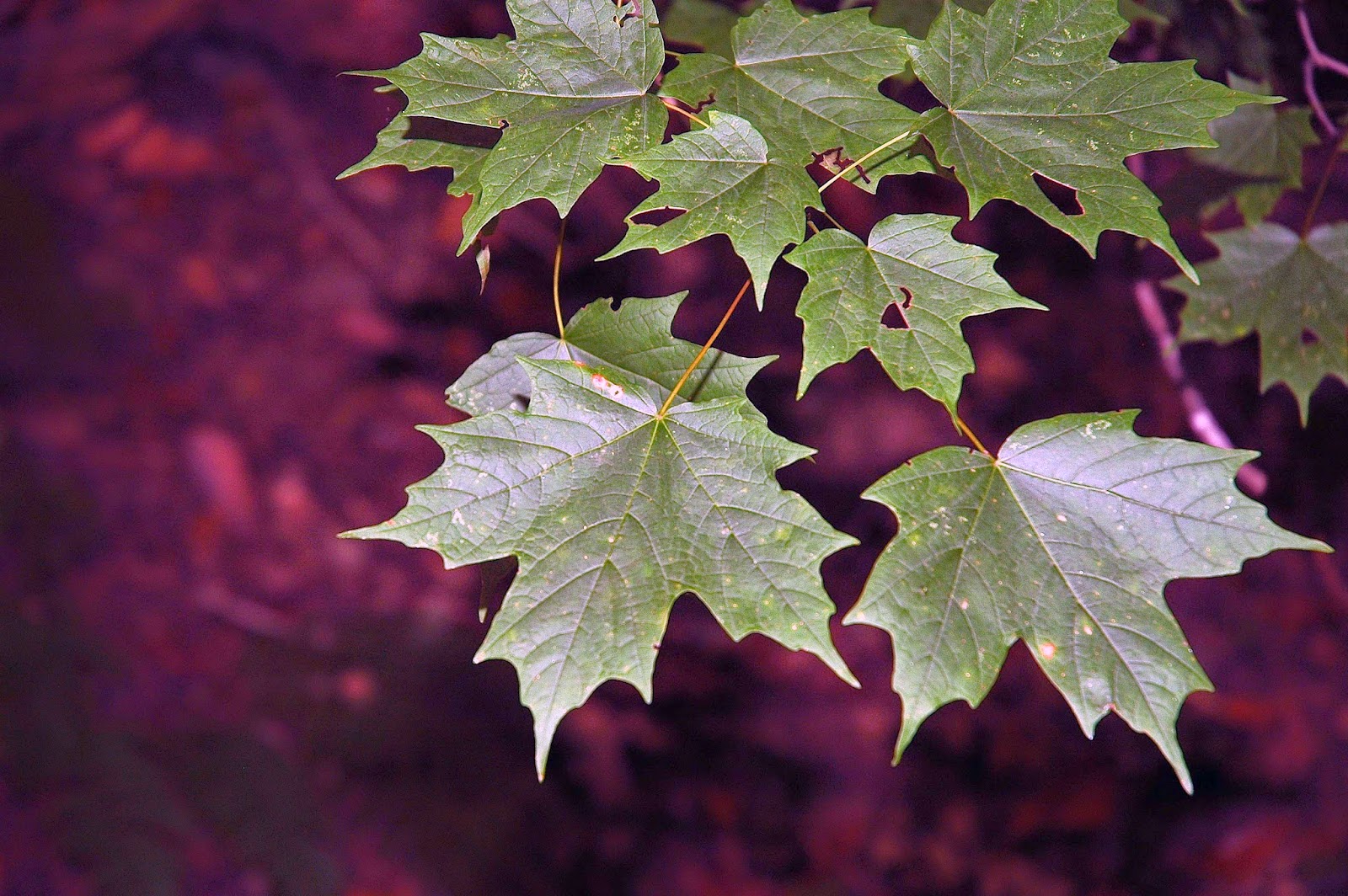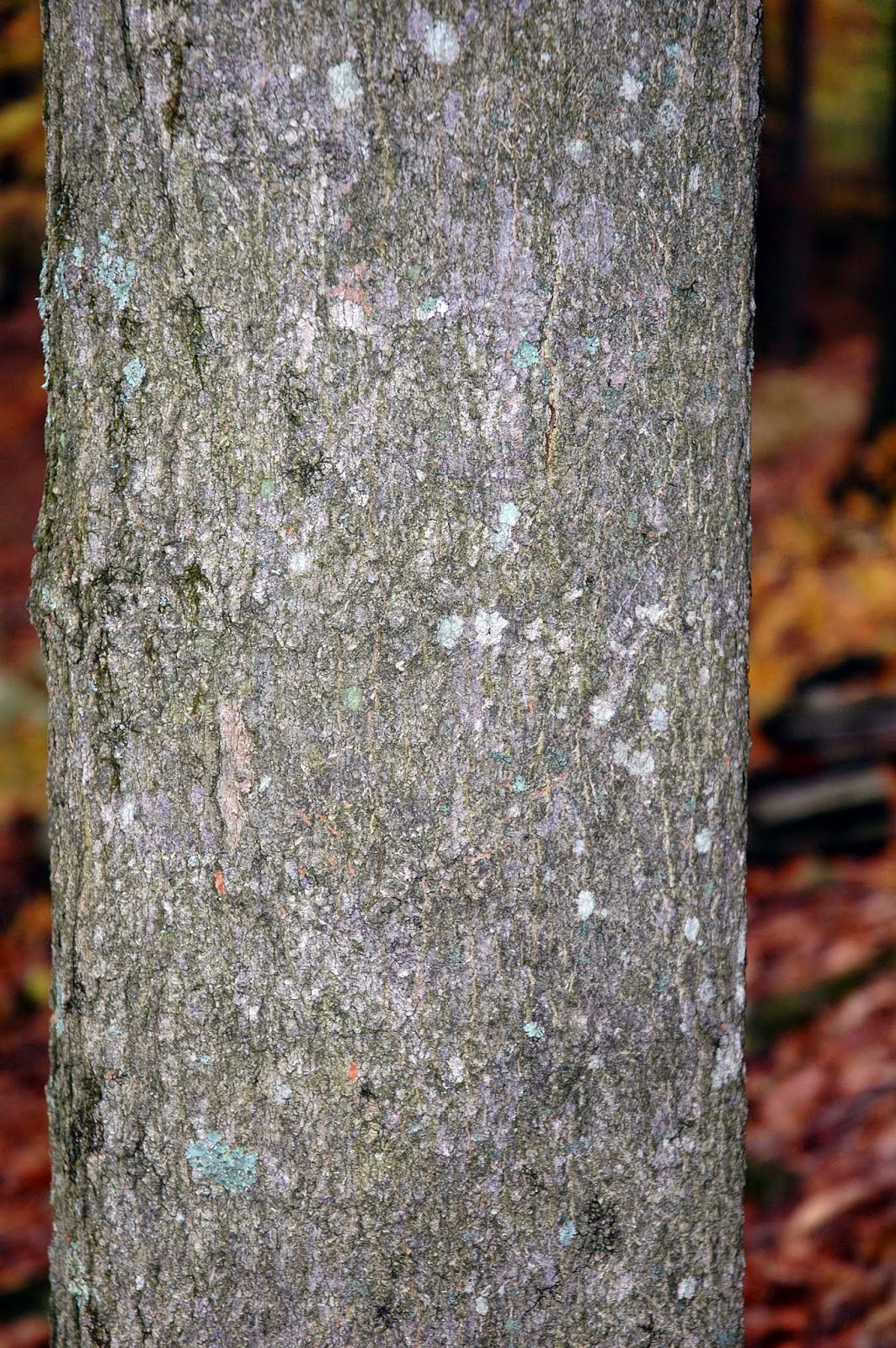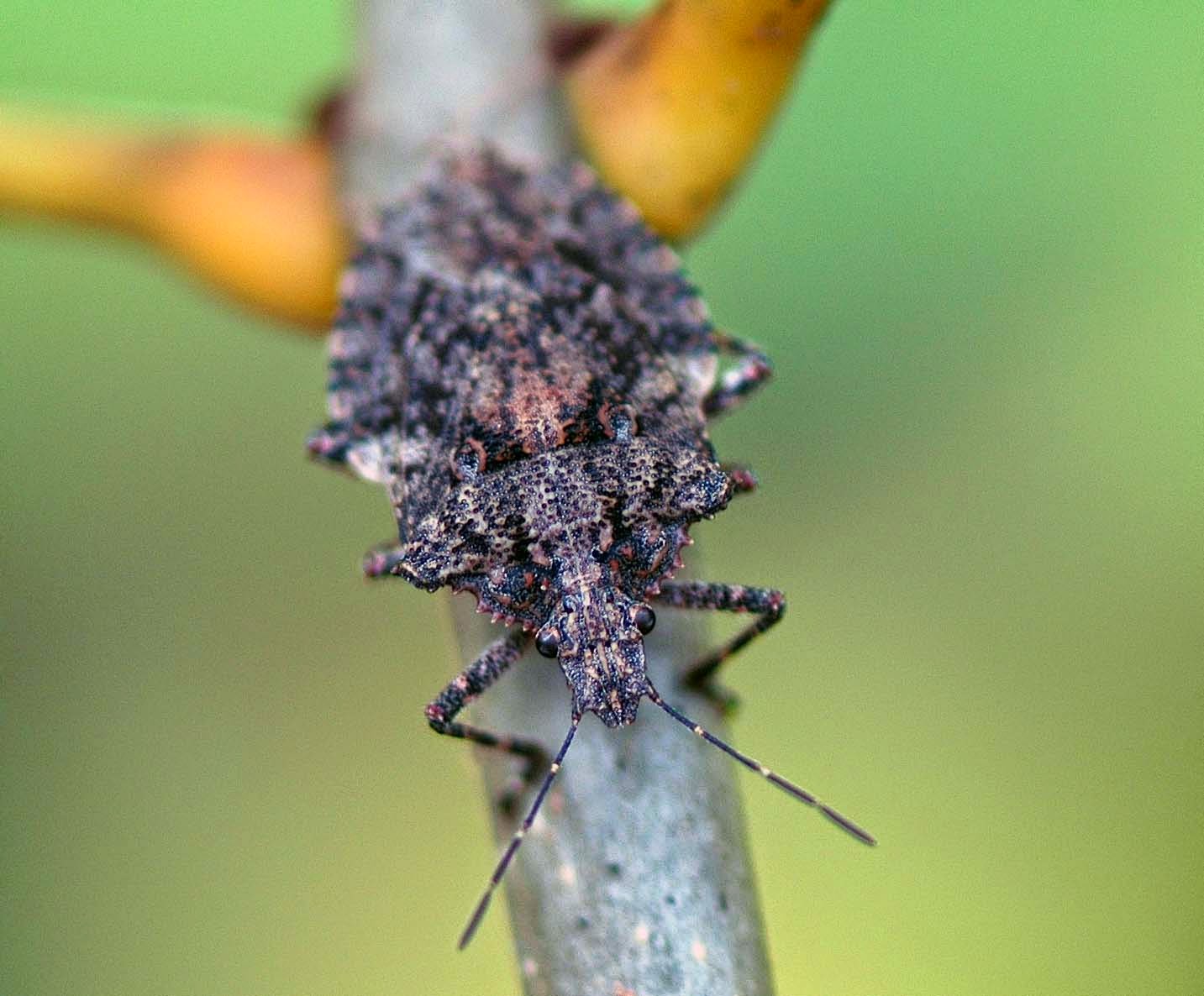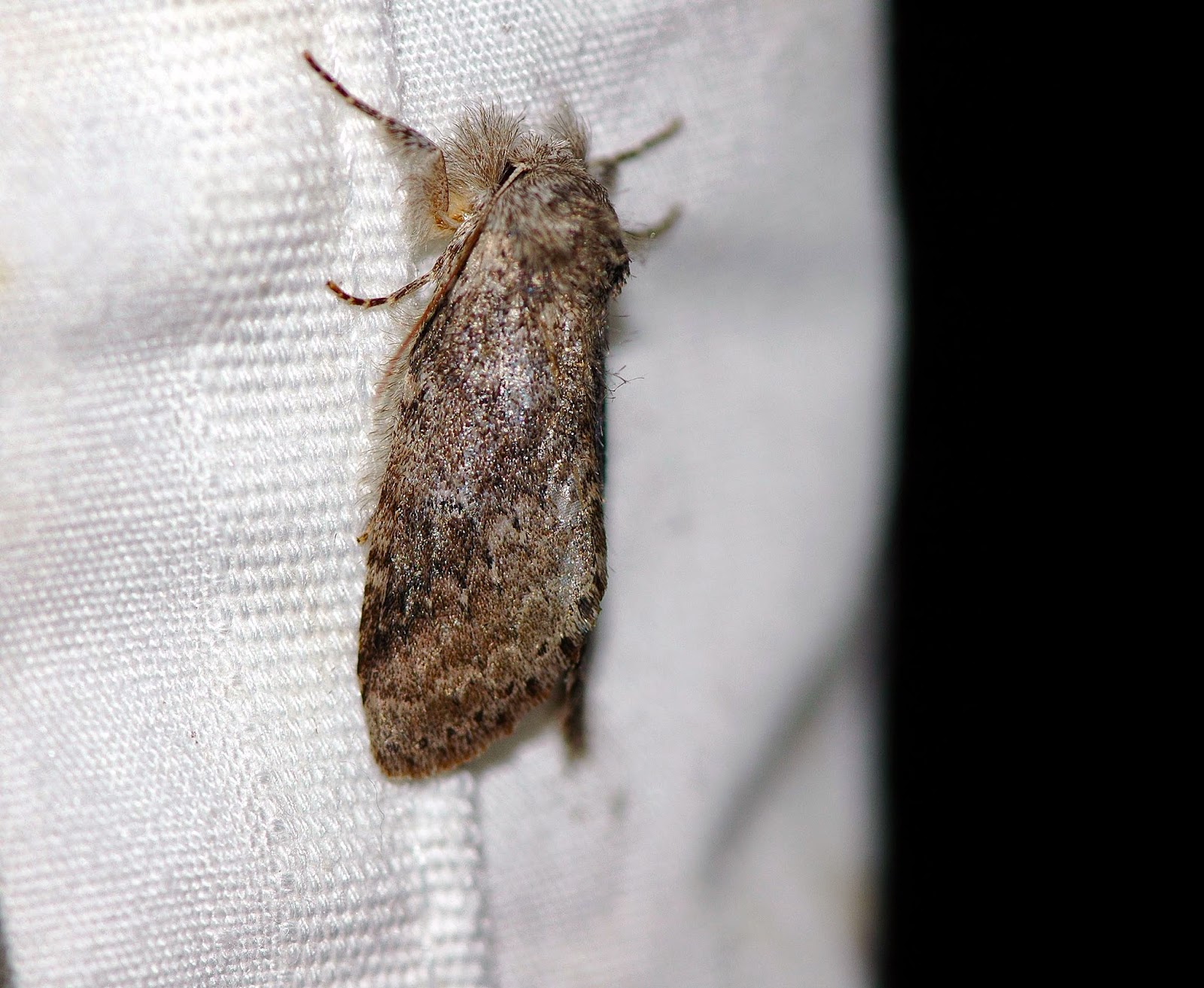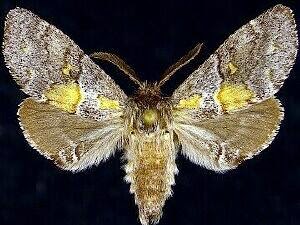I've posted on Dragonflies and Damselflies before, but they are always mixed with other subjects. I was going to include these in my next post, but that would make for far too large a read. Maybe come winter, when topics are slim, I'll put all the Odonata together. This is the Slaty Skimmer, Libellula incesta. The body is bluish-purple, and the head and eyes are dark.
This ragged torn up fellow is a Spangled Skimmer, Libellula cyanea. The body is similar in color to the Slaty, but the eyes and head on this one are blue. More importantly are the stigmas at the outer edge of the wings. Most species have a single colored stigma, but the Spangled has a bicolored stigma, half white, half black.
A female Widow Skimmer, Libellula luctuosa. The males differ from females by having white frosted marks next to those black patches. The females of both the Slaty and Spangled pictured above also have brown and yellow marks on the body, but lack the large black patches.
There are a number of Meadowhawks in Ohio. The males are red, the females are orange. Based on the black spots on the side, and the lack of other facial marks, this female is a Ruby Meadowhawk, Sympetrum rubicundulum.
I caught this guy just landing, before he could close his wings. This look makes you think it is a Spreadwing, but I knew better. It is a Skimming Bluet, Enallagma geminatum. Three things to look for. The blue shoulder stripe appears narrow and constricted in the middle. The second abdominal segment has a curved blue mark. Finally, the 8th and 9th abdominal segment are blue, but bordered on the side by black marks. This was a lifer species for me.
Slender Bluet, Enallagma traviatum. Like the previous species, this is a dark bodied Bluet. What's different on this one is the dark shoulder stripe on the side is almost non-existant. The 8th abdominal segment has a black arrowhead shape.
Double-striped Bluet, E. basidens. I just illustrated this species on my Mothapalooza post, but this specimen shows the narrow blue line in the middle of the black stripe even better.
Eastern Forktail male, Ischnura verticalis. Green Stripes on the thorax and two green dots behind the eyes. Sky blue markings on the end of the abdomen.
The sky blue or powdery look of the female Eastern Forktail. Also notice the two-toned eyes.
This one also has two-toned eyes, but it's orange. Another color form of the Eastern Forktail? Indeed
Spreadwing Damselflies (family Lestidae), almost always sit with their wings open. Look how long and skinny this body is, and how far past the wings it extends. This is the Slender Spreadwing,Lestes rectangularis. Most male Spreadwings have pale yellow on the side of the thorax, so you have to use other features.
Looking at the shape of the male genitalia is usually foolproof, and no dissection is required! Another clue on both these pictures is the white edge on the wing tips.
On the females, the blue or aqua thoracic stripes are replaced by green and bronze.
This one I wasn't so sure about. I think it is newly hatched. The pale spots at the end of the abdomen are not fully developed, and the wings are being held closed. Notice the body does not extend as far past the wings as the Slender Spreadwing. I think it is a female Elegant Spreadwing, L.inaequalis, but it looks just like a female Swamp Spreadwing. I sent this photo to Larry Rosche, and he agreed, but stressed telling those two females apart by photos alone is difficult.
This ragged torn up fellow is a Spangled Skimmer, Libellula cyanea. The body is similar in color to the Slaty, but the eyes and head on this one are blue. More importantly are the stigmas at the outer edge of the wings. Most species have a single colored stigma, but the Spangled has a bicolored stigma, half white, half black.
A female Widow Skimmer, Libellula luctuosa. The males differ from females by having white frosted marks next to those black patches. The females of both the Slaty and Spangled pictured above also have brown and yellow marks on the body, but lack the large black patches.
There are a number of Meadowhawks in Ohio. The males are red, the females are orange. Based on the black spots on the side, and the lack of other facial marks, this female is a Ruby Meadowhawk, Sympetrum rubicundulum.
I caught this guy just landing, before he could close his wings. This look makes you think it is a Spreadwing, but I knew better. It is a Skimming Bluet, Enallagma geminatum. Three things to look for. The blue shoulder stripe appears narrow and constricted in the middle. The second abdominal segment has a curved blue mark. Finally, the 8th and 9th abdominal segment are blue, but bordered on the side by black marks. This was a lifer species for me.
Slender Bluet, Enallagma traviatum. Like the previous species, this is a dark bodied Bluet. What's different on this one is the dark shoulder stripe on the side is almost non-existant. The 8th abdominal segment has a black arrowhead shape.
Double-striped Bluet, E. basidens. I just illustrated this species on my Mothapalooza post, but this specimen shows the narrow blue line in the middle of the black stripe even better.
Eastern Forktail male, Ischnura verticalis. Green Stripes on the thorax and two green dots behind the eyes. Sky blue markings on the end of the abdomen.
The sky blue or powdery look of the female Eastern Forktail. Also notice the two-toned eyes.
This one also has two-toned eyes, but it's orange. Another color form of the Eastern Forktail? Indeed
Spreadwing Damselflies (family Lestidae), almost always sit with their wings open. Look how long and skinny this body is, and how far past the wings it extends. This is the Slender Spreadwing,Lestes rectangularis. Most male Spreadwings have pale yellow on the side of the thorax, so you have to use other features.
Looking at the shape of the male genitalia is usually foolproof, and no dissection is required! Another clue on both these pictures is the white edge on the wing tips.
On the females, the blue or aqua thoracic stripes are replaced by green and bronze.
This one I wasn't so sure about. I think it is newly hatched. The pale spots at the end of the abdomen are not fully developed, and the wings are being held closed. Notice the body does not extend as far past the wings as the Slender Spreadwing. I think it is a female Elegant Spreadwing, L.inaequalis, but it looks just like a female Swamp Spreadwing. I sent this photo to Larry Rosche, and he agreed, but stressed telling those two females apart by photos alone is difficult.






















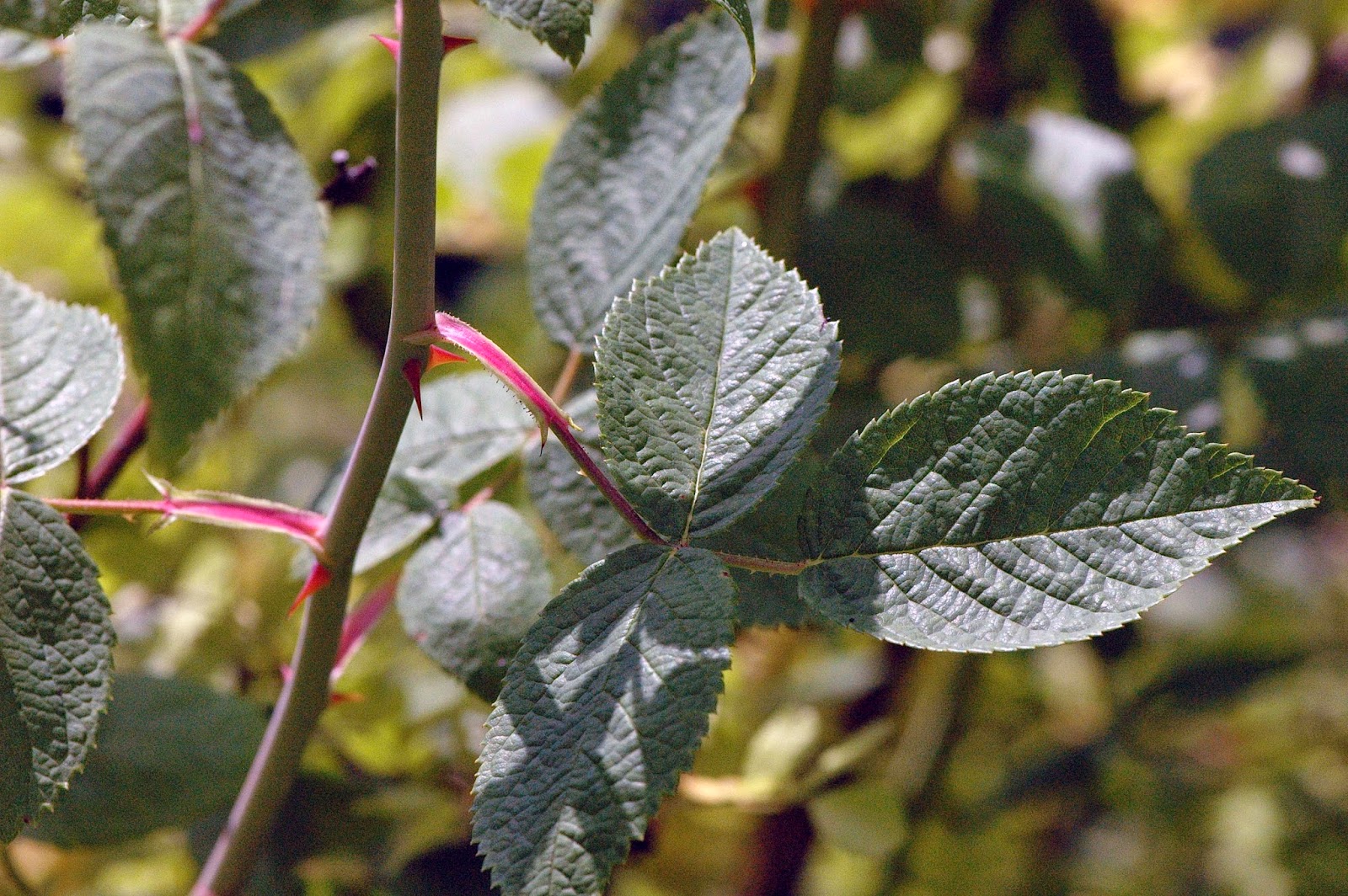











+grandirena.jpg)












































































































































































































































































